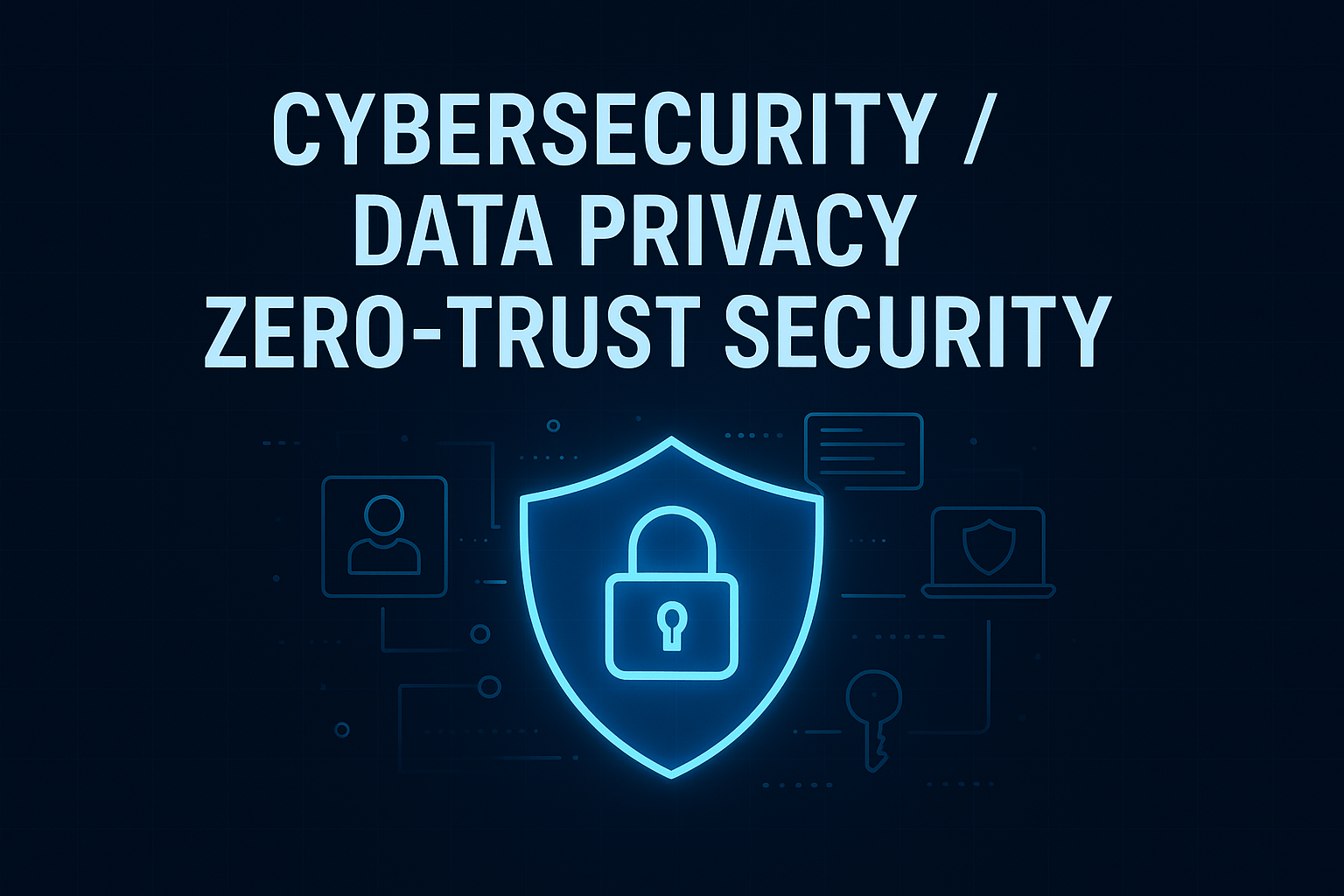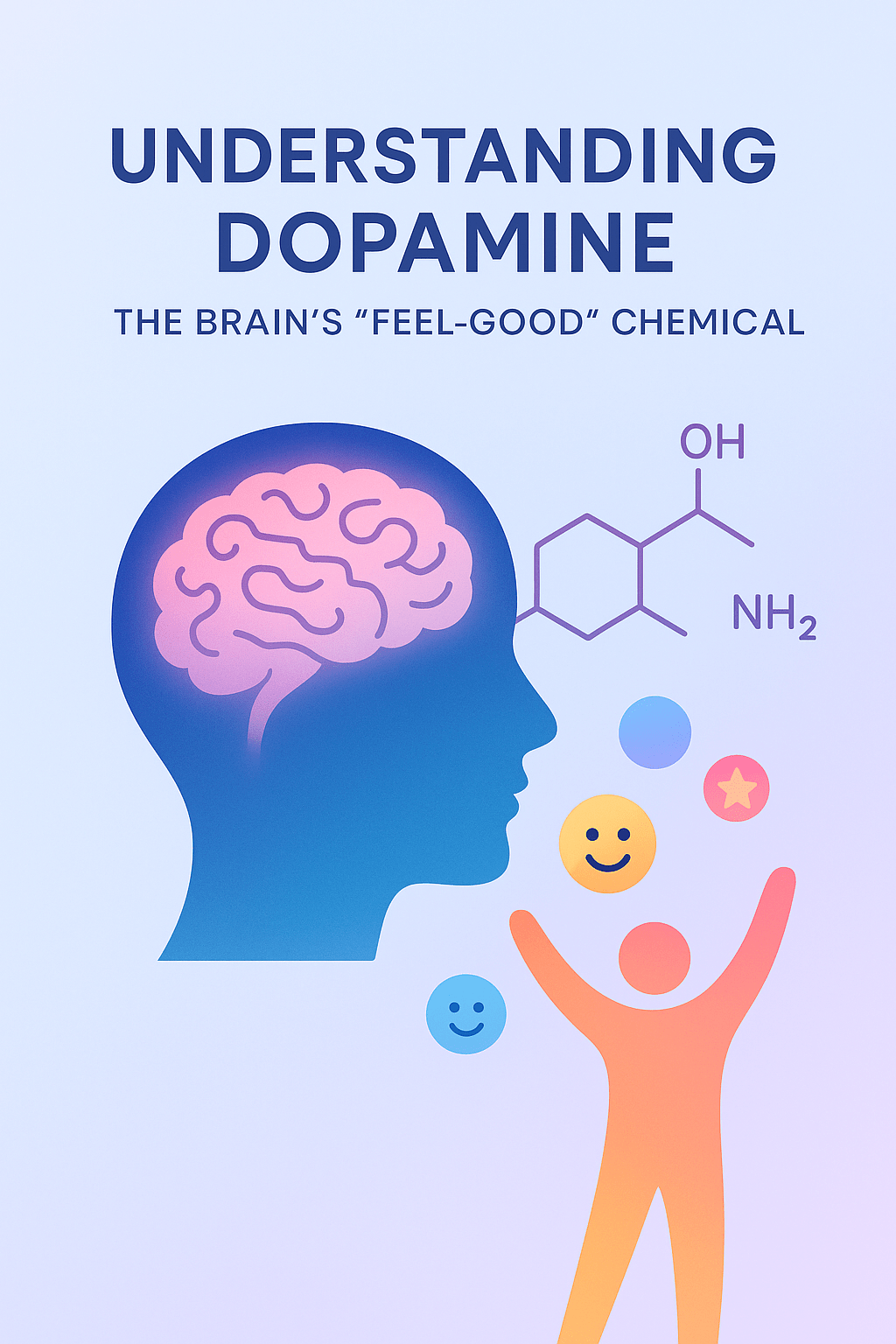In today’s digital-first world, data is more valuable than oil. From financial transactions to personal health records, almost everything about us exists online. But as our digital footprints grow, so do the threats. Cyberattacks, data breaches, and identity theft are becoming everyday news.
That’s why cybersecurity, data privacy, and Zero-Trust Security are no longer just IT buzzwords — they’re survival strategies for individuals, businesses, and governments.
Also Read: 5 Easy Ways to Protect Your Personal Data Online
Cybersecurity: Protecting the Digital World
Cybersecurity is the practice of defending systems, networks, and data from malicious attacks. Think of it as the lock, alarm, and security guard for your digital assets.
Common Threats:
- Phishing attacks: Fake emails tricking you into giving personal details.
- Ransomware: Hackers locking your files until you pay.
- Data breaches: Unauthorized access to personal or company records.
- Malware: Software designed to damage or steal data.
Why It Matters:
Without proper cybersecurity, sensitive data like credit card numbers, passwords, and business secrets can fall into the wrong hands — leading to financial loss, reputational damage, and legal consequences.
Data Privacy: Who Owns Your Information?
Data privacy is about protecting how your personal information is collected, stored, and shared.
Every app you use, every online purchase, and even your browsing habits generate data. Companies use this data to improve services — but it can also be misused.
Key Principles of Data Privacy:
- Consent: You should control who accesses your data.
- Transparency: Companies must tell you how they use your data.
- Security: Personal information should be stored safely.
For individuals, strong data privacy practices help prevent identity theft. For businesses, it builds trust with customers.
What is Zero-Trust Security?
Traditional cybersecurity models assumed that once someone entered a system (like logging into a company network), they could be trusted. But that mindset no longer works.
Zero-Trust Security flips the model:
- Trust no one, verify everyone.
- Every user, device, and app must prove its identity continuously.
- Access is granted on a “need-to-know” basis, not blanket permission.
Key Features of Zero-Trust:
- Multi-factor authentication (MFA).
- Continuous monitoring of activity.
- Micro-segmentation (separating systems so a breach in one area doesn’t spread).
- Least privilege access (users only access what they need).
Why Zero-Trust Security is the Future
- Remote Work: More people work from home, often on personal devices — a hacker’s dream.
- Cloud Computing: Businesses store sensitive data in the cloud, requiring stronger safeguards.
- Advanced Cyber Threats: Hackers are becoming more sophisticated with AI-driven attacks.
- Regulatory Pressure: Laws like GDPR and NDPR in Nigeria demand stricter data protection.
Zero-Trust provides the flexibility and layered protection needed in this new reality.
Pros and Cons
Pros
✅ Stronger security against insider and outsider threats
✅ Better compliance with data regulations
✅ Reduces risk of large-scale breaches
✅ Builds trust with users and customers
Cons
❌ Can be expensive to implement
❌ Requires cultural and organizational change
❌ May add friction for employees if poorly designed
Final Thoughts
In a world where data is constantly under threat, cybersecurity, data privacy, and Zero-Trust Security are the pillars of digital protection.
For individuals, it means being careful with your passwords, apps, and personal information. For businesses, it means investing in Zero-Trust frameworks to protect not only their operations but also their customers.
The takeaway? Trust is good, but verification is better.



Leave a Reply